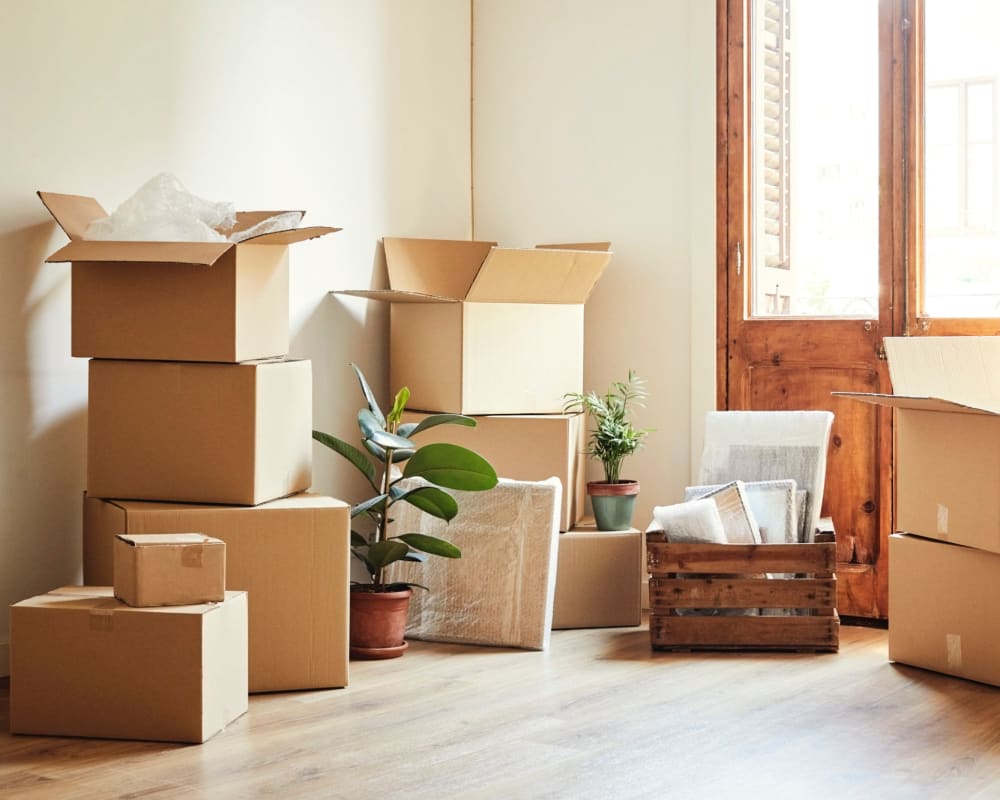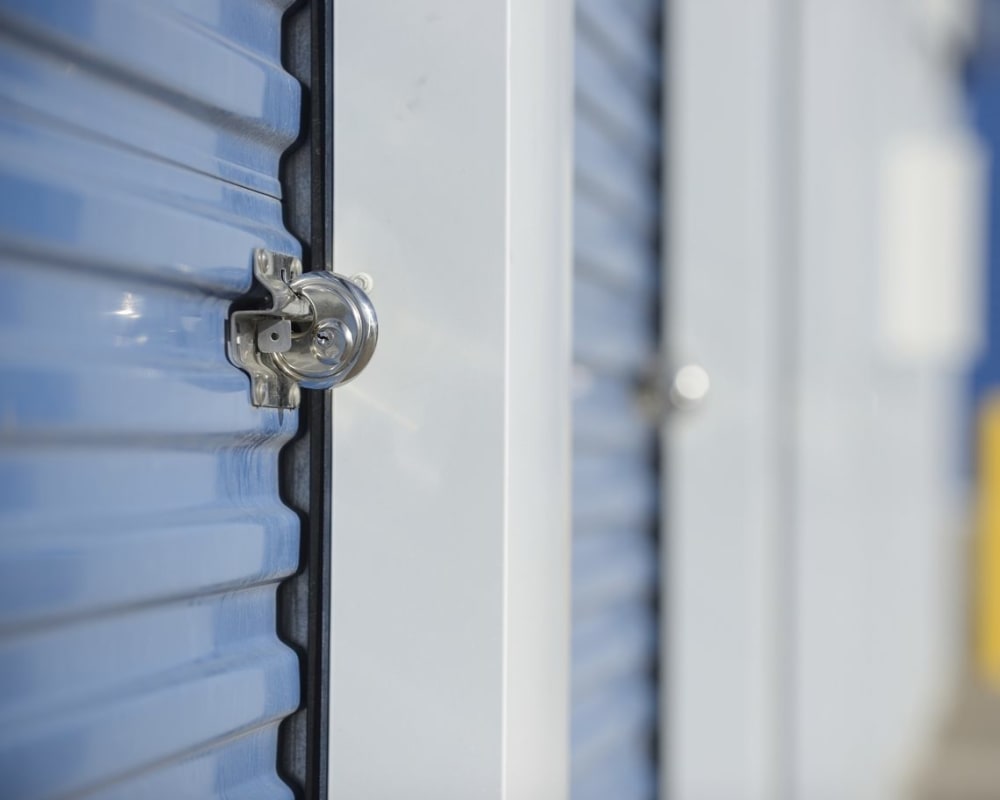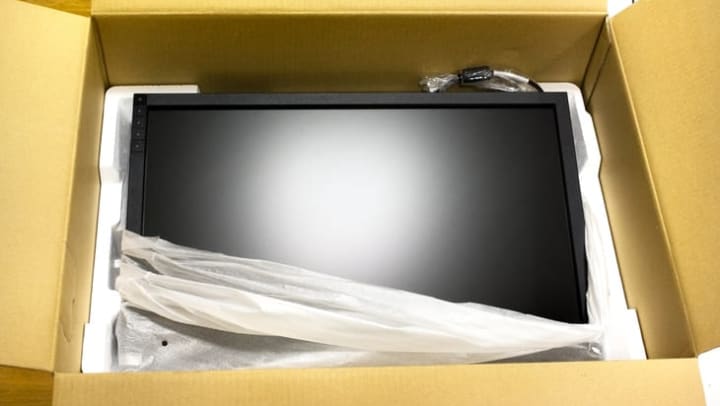If you need to take time away from your electronics while traveling abroad, on deployment, or just during a life transition, taking the proper steps to protect your devices during storage is a must. Storage Etc. has six suggestions for preventing damage to your computers, monitors, tablets, televisions, cameras, appliances, and more.
1. Climate-Controlled Storage
Changes in temperature can create condensation inside a traditional storage unit, so keeping electronics in a set temperature range can go a long way to keeping them dry. If you’re storing long-term over the course of multiple seasons, or just live in a climate with large temperature shifts throughout the day, talk to your local storage experts at Storage Etc. about temperature-controlled storage units for rent near you.
2. Store in Original Packaging
If you have the original packing your electronics came in, this is your best bet since it was made for the exact reason you need it: to protect the item during shipping and warehouse storage. You can always reach out to your local electronics dealer to inquire about leftover packaging from sold items, or even online at places like Craigslist or local swap and sell pages.
3. Purchase Proper Packaging
Electronics can be some of the most expensive items we own, so spending a little bit more on quality packaging is worth it! If you’re not sure what you need, contact your storage facility and ask what they have in stock for protecting your valuables, like wrapping plastic and plastic bags, padding, packing paper and tape, bubble wrap, zip ties, and labels. For most moving and storage projects, you might be able to get away with improvising with DIY solutions, but electronics are one area where you really should be a stickler for quality.
4. Protect Your Screens
The screen is typically the most fragile part of an electronic device––smartphones, tablets, monitors, and televisions––so taking extra precautions to ensure they do not become damaged is critical. Here are some tips on how to protect your screen during storage and transit:
- Start by securing non-abrasive padding to prevent scratches and dings
- Secure the padding with several layers of wrapping plastic to keep it from slipping during the move
- Always store screens upright, never upside down
- Store screens facing a wall and with a wide berth to prevent falling items from causing damage
- Cover with a dust cloth
5. Secure & Organize Cords
Cords which are stored for long periods of time can become firmly set in their shape, which is why you should coil and secure them after each use. Trying to force a chord to bend against its current shape can cause undue stress to the protective casing which can lead to cracks or damage. Once they’re organized and secure, store them in a rubber bin with a lid or purchase a cord organizer. It’s also a good idea to label your bin or bins to save you time later when you need to retrieve your items. Labeling the cords themselves is also helpful.
6. Refer to Your Owner’s Manual
The owner’s manual often includes temperature ranges, directional guidelines, and even special preparations. For example, flat screen televisions are packed and framed in foam pieces and surrounded by a box the same shape as the TV itself. This keeps the glass protected throughout a move. If you have further questions about how best to protect a specific item, contact the manufacturer and ask for additional moving and storage guidelines. When it comes to protecting your valuable electronics, it’s usually worth the extra step.
Check out Storage Etc. blogs for more tips on how to store your valuable items.


